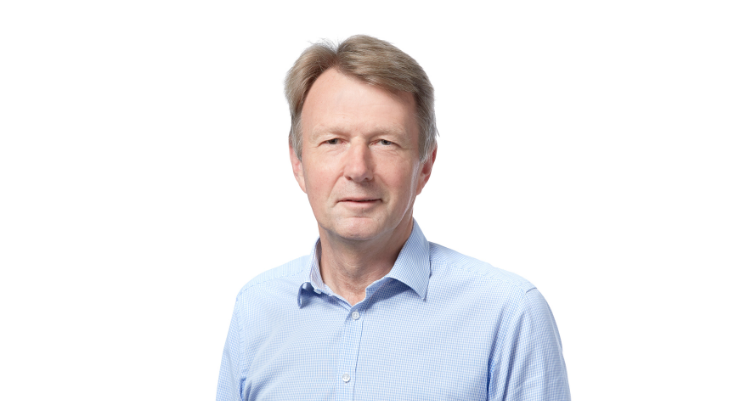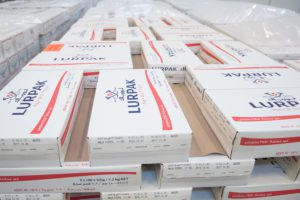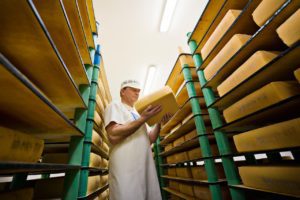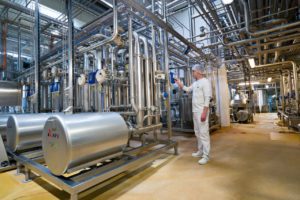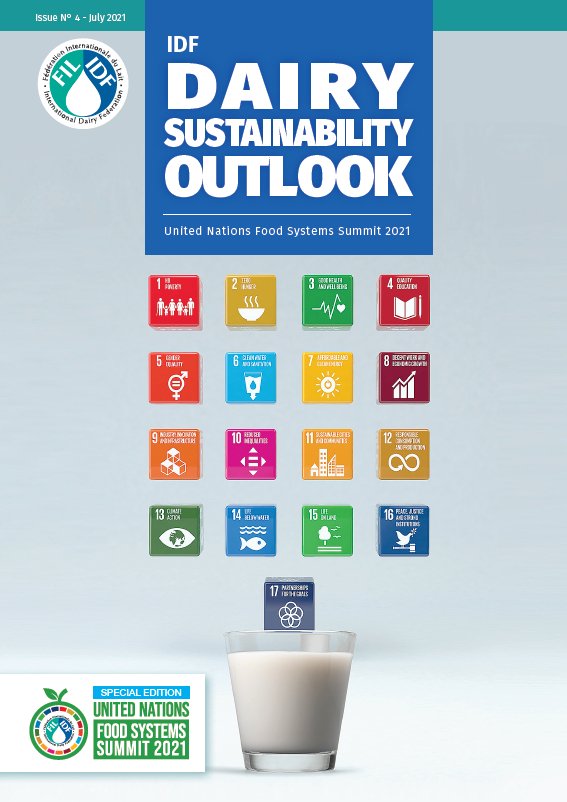With an area of 43,094 km², Denmark does not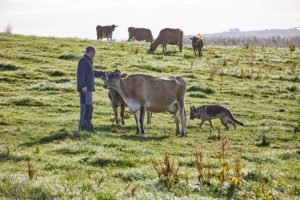

Denmark is truly an export nation, and one of the major export categories is food. About 61 per cent of the country’s area is agricultural land, which of course indicates that far more food is produced than the 5.8 million residents can possibly eat themselves. 75 per cent of the food we produce is exported to other countries – this applies to dairy products as well.
Talking about Danish dairy exports, it would be appropriate to start with the story of LURPAK. The well-known butter brand was created back in 1901, when the country’s dairies established a common quality and control system. The purpose was to support the sale of Danish butter, not least in the foreign markets. And that purpose succeeded indeed. In the following decades, Danish butter exports grew quite considerably.
By the way, the name of LURPAK is inspired by a wind instrument from the Viking Age: A lur. The butter brand logo thus includes a drawing of two ‘lures’. In this way, the Vikings continue to make their mark on the distant countries with which the Danes trade. LURPAK remains a well-known and strong brand in many parts of the world. However, butter is no longer the most important product in the large Danish dairy export portfolio. Today, cheese plays the main role.
More than half of the Danish milk is made into cheese (468 million kg), of which a very large part is exported (399 million kg). Next comes milk powder (253 million kg of which 194 million kg are exported), drinking milk products (787 million kg of which 106 million kg are exported) and butter (73 million kg of which 49 million kg are exported).
Today, Danish dairies export to a total of 150 countries, where the products are known for their high quality and food safety. It all starts, of course, with the raw material. The milk. We have a lot of it in Denmark. The Danish dairy cows annually produce 5.6 billion kg of milk, which is almost 1000 kg per inhabitant. If you want to put a headline on Danish milk and dairy production, it could be efficiency. A Danish dairy farm has an average of 210 dairy cows. It is among the largest in the EU.
The efficiency is repeated when you look at the actual dairy production. Denmark is home to the world’s 8th largest dairy company, Arla Foods, which has a number of large and state-of-the-art facilities in Denmark for the production of milk powder, drinking milk products, cheese, butter and blended products.
In addition, the industry consists of more than 20 small and medium-sized dairy companies –both cooperatives and privately owned companies – as well as a number of very small farm dairies or other forms of niche production companies. The majority of the companies are organised in the Danish Dairy Board, thus representing more than 98 per cent of all the milk produced in Denmark.
Again, efficiency is a key element when it comes to the theme of the upcoming IDF Global Dairy Conference: A changing climate for dairy. In all modesty, Danish milk production is one of the most climate-efficient in the world, and since 1990 the sector has reduced its CO2 load by 20-25 per cent per kg milk. The goal, together with the rest of Danish agriculture, is to become climate neutral by 2050. The means are numerous: Climate checks on all dairy farms, breeding work, establishment of biogas plants and research into new feed types and additives that can reduce the cow’s methane emissions, just to mention a few of the many initiatives that are being worked on, among others, in collaboration with researchers at the Danish universities.
To round off this short narrative about Danish dairy farming, it would be appropriate to drop a few words about organic food. In collaboration with the retail trade Danish milk producers and dairies were some of the first to see the potential of organic dairy products, and up through the 1990s, organic milk production grew quite rapidly. Around the turn of the millennium, Denmark had the largest weighing of organic milk in the EU totalling 450 million kg. Today, we are the third largest with a production of 750 million kg.
The Danes have really embraced organic food. More than every third liter of milk drunk in Denmark is organic. And that is a world record.
You can register at the IDF Global Dairy Conference here: IDF Global Dairy Conference 2021




